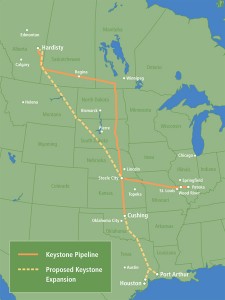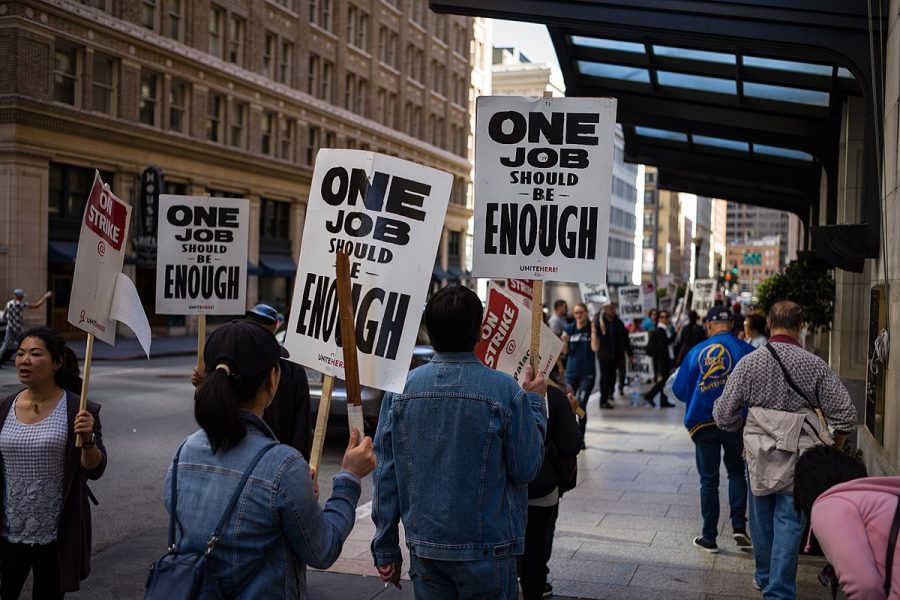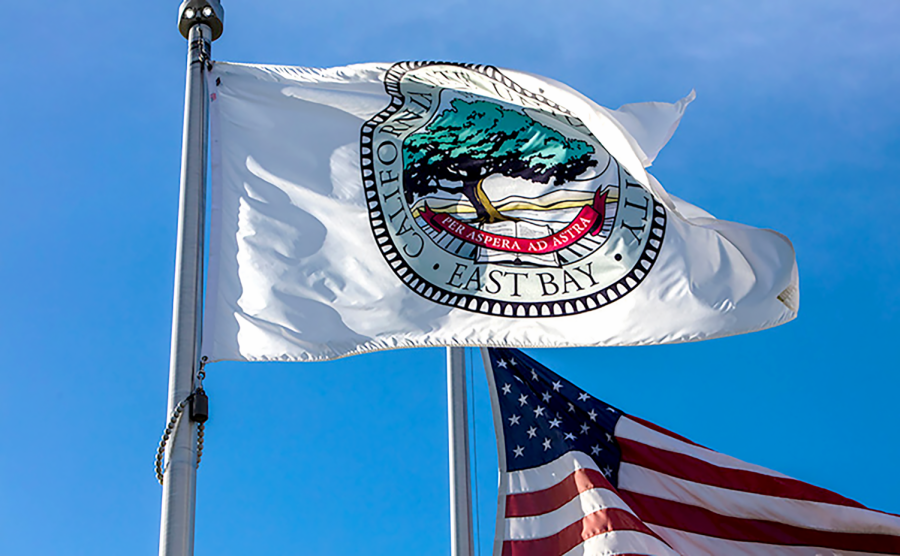
A two-week protest beginning August 20 against the building of the Keystone XL pipeline has brought together Americans across the country and Canadians in one of the largest environmental protests of the decade.
The project is an expansion to the current Keystone pipeline and consists of a 1,700-mile crude oil pipeline—with additional facilities—to transport crude oil from the Western Canadian Sedimentary Basin in Alberta, Canada to Oklahoma and Texas.
Since the start of the protest, over 375 American citizens have been arrested. Over 2,000 are expected to take part in the protest—including environmental leaders, scientists such as Dr. James Hansen and celebrities like Mark Ruffalo.
The protest has also initiated a reaction among congressmen, including Senator Bernie Sanders (D-Vt.).
“Why in the world would we ever consider approving a new big oil pipeline to carry dirty fuel and keep America addicted to oil, when we can save money, create jobs, and reduce our dependence on foreign oil by moving towards stronger fuel economy standards?” asked Senator Bernie Sanders in a video showing his support for the protest.
“I hope [Obama’s] administration rejects the Big Oil tar sands pipeline and instead continues to push for strong fuel economy standards and clean energy alternatives,” continued Sanders.
Speakers have been scheduled throughout the 14 days of protesting to share different viewpoints on the project.
Nebraska residents, where the pipeline would run through, Montana residents, who suffered recently from the oil spill in the Yellowstone river and people of faith, scientists and indigenous people who don’t support the pipeline were among those who spoke.
The pipeline has been in the plans since 2008 when TransCanada filed an application for the project with the U.S. Department of State, according to their website.
A fact sheet produced by TransCanada cites that the pipeline will have many economic benefits, such as a $20 billion investment in the private sector of the U.S. economy, the creation of 20,000 construction and manufacturing jobs and strengthening America’s energy security by increasing crude oil supply, among other benefits.

Many environmentalists and scientists disapprove of the expansion, saying that it will negatively affect the United States’ fresh water, air and climate.
Several letters concerning the pipeline were addressed to the Obama Administration throughout the summer, including one sent by the leaders of environmentalist groups and another from scientific experts.
“It takes a lot of energy to extract and refine this resource into useable fuel, and the mining is extremely destructive,” said one of the letters. “It makes no sense to build a pipeline system that would practically guarantee extensive exploitation of this resource.”
A Final Environmental Impact Statement (FEIS) was released August 26 and is awaiting review by the government and the public. According to the Department of State’s website, a decision on the project will be made by the end of this year.
Many groups backing the protest have disapproved of the FEIS, saying it doesn’t account for factors such as safety, pollution created during construction, any alternative routes and impacts on wildlife.
“Keystone XL is rife with issues that exacerbate climate change and environmental injustices—two things that were supposed to be a focus for the administration, but have been glossed over,” said Susan Casey-Lefkowitz, international program director for the National Resources Defense Council. “Especially given that there is no need for this pipeline in the United States, it is not worth the many environmental and safety risks.”
A decision on whether or not the Keystone XL will be built should be made this December after a 90-day period of review.
















